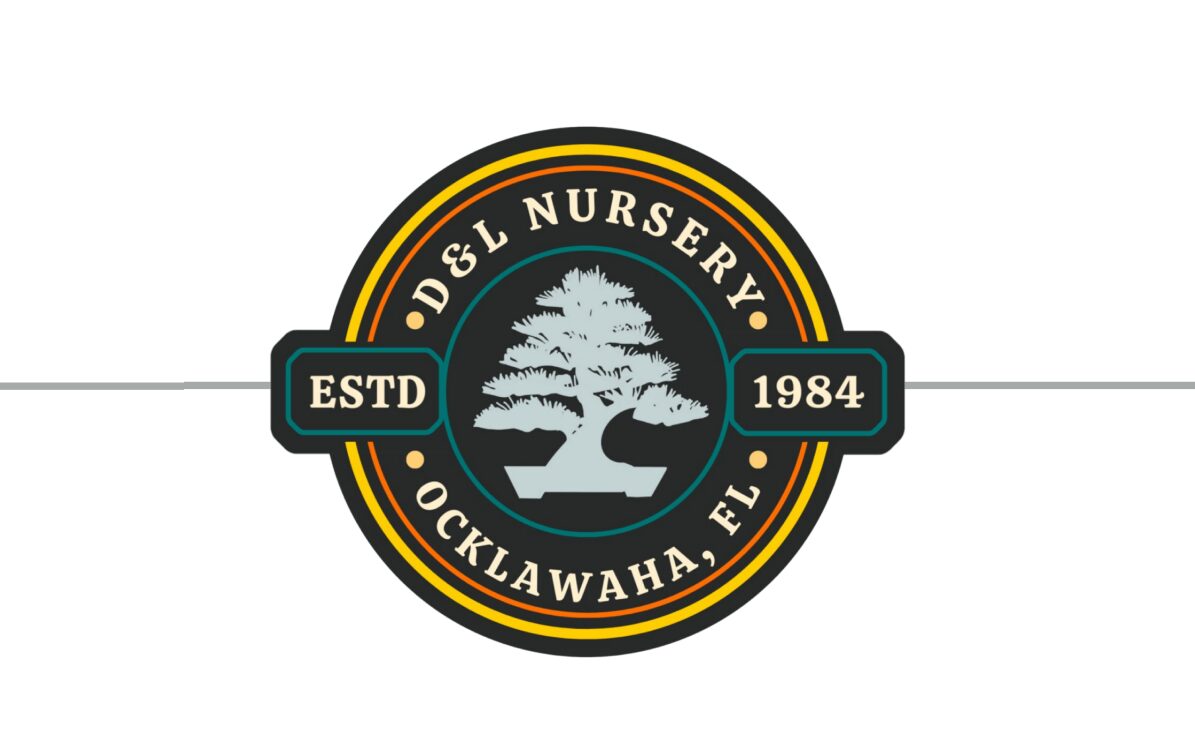
Lagerstromia
Crape Myrtles can be seen in about everyone’s landscape in a variety of colors. They make a good choice for those that want a flowering bonsai. They have exfoliating bark which makes their trunks very interesting. Here it is deciduous and has nice fall colors. Large specimens can be acquired which will show off the flowers the best, smaller dwarf varieties are available.
There are many species and varieties distinguished by color:
Lagerstroemia speciosa Queen Crape Myrtle Largest of the Crape Myrtles with large coarse leaves that turn red in the fall. Flowers in large terminal panicles some 3" across in pink or mauve occurring around June.
Lagerstroemia indica The one most commonly seen with smaller and smoother leaves that turn red and yellow in the fall. Flowers are terminal or axillary panicles of white, pink, red or purple and variances of each blooming all summer.
A couple of dwarf varieties are:Lagerstroemia indica ‘Pokomoke’ It’s new leaves come out bronze and turn to a dark glossy green. Flowers are a deep rose color and are single instead of a panicle. Blooms all summer.
Lagerstroemia indica ‘Chickasaw’ The smallest of all with tiny leaves. Flowers are pink-lavender and mainly axillary. Takes many years to get a nice trunk, but they make excellent flowering shohin.
PRUNE… Can take severe pruning, I steadily prune back to the first or second node in spring up to early summer, then let bloom, blooms on new wood.. Cut each spent bloom back somewhat hard to keep the trees shape and to prolong blooming. It is best to develop good branching and ramification before letting the tree bloom. As with most flowering bonsai it is a fine line in keeping the tree’s style and wanting it to bloom.
TRAINING… Wire can be used, this tree is a quick grower so keep an eye out for scarring. Constant pinching back of new growth will increase ramification.
WATERING… It likes it, but only in a well draining soil, can use a little more organic matter in your soil. To promote flowering let it stay a little on the dry side until buds appear. During winter, while dormant, be careful not to over water.
LIGHT… Full sun for most flowers. Morning sun is important, Crape Myrtles are susceptible to powdery mildew, generally caused by their leaves staying too wet for too long.
INSECT/DISEASE… Powdery mildew as mentioned, newer varieties are not as prone. Can use a systemic fungicide or copper for a preventative starting at the end of May. Aphids love all of its new growth so keep an eye out for sooty mold. Scale can be also be a problem.
REPOT… Late winter through early spring. Is a quick grower so will need repotted every one to two years. Does not like to be root bound.
FERTILIZE… Balanced fertilizer through the growing season with an occasional high phosphate while blooming.
SEASONAL… Cold hardy.


